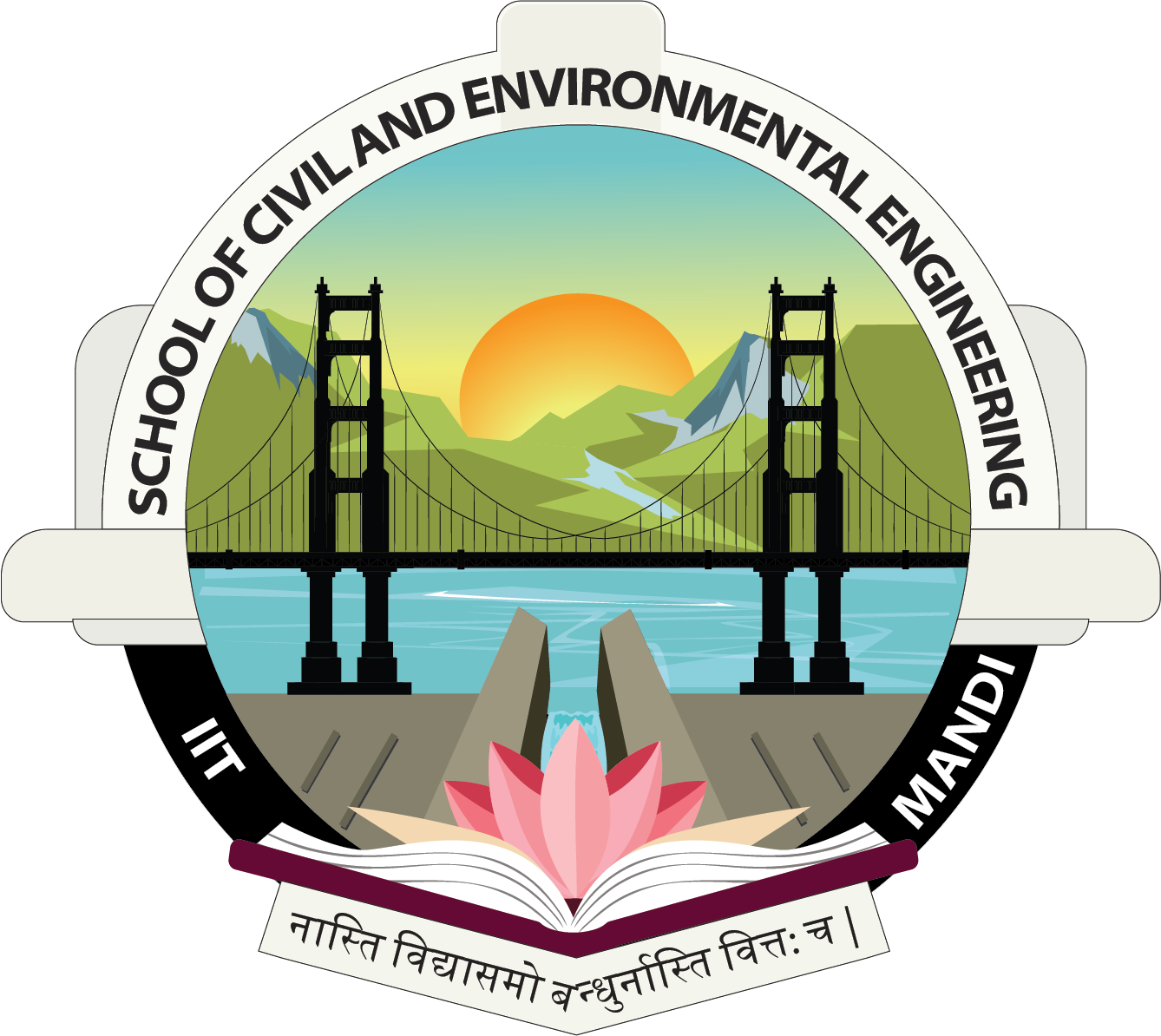SOLUTE TRANSPORT THROUGH SATURATED SOIL COLUMN WITH TIME-DEPENDENT DISPERSION
Hydrology Journal
A PHP Error was encountered
Severity: Warning
Message: array_pop() expects parameter 1 to be array, null given
Filename: views/publication_details.php
Line Number: 54
Backtrace:
File: /var/www/html/scene/application/views/publication_details.php
Line: 54
Function: array_pop
File: /var/www/html/scene/application/controllers/Home.php
Line: 377
Function: view
File: /var/www/html/scene/index.php
Line: 317
Function: require_once
A PHP Error was encountered
Severity: Warning
Message: implode(): Invalid arguments passed
Filename: views/publication_details.php
Line Number: 55
Backtrace:
File: /var/www/html/scene/application/views/publication_details.php
Line: 55
Function: implode
File: /var/www/html/scene/application/controllers/Home.php
Line: 377
Function: view
File: /var/www/html/scene/index.php
Line: 317
Function: require_once
A PHP Error was encountered
Severity: Warning
Message: array_pop() expects parameter 1 to be array, null given
Filename: views/publication_details.php
Line Number: 54
Backtrace:
File: /var/www/html/scene/application/views/publication_details.php
Line: 54
Function: array_pop
File: /var/www/html/scene/application/controllers/Home.php
Line: 377
Function: view
File: /var/www/html/scene/index.php
Line: 317
Function: require_once
A PHP Error was encountered
Severity: Warning
Message: implode(): Invalid arguments passed
Filename: views/publication_details.php
Line Number: 55
Backtrace:
File: /var/www/html/scene/application/views/publication_details.php
Line: 55
Function: implode
File: /var/www/html/scene/application/controllers/Home.php
Line: 377
Function: view
File: /var/www/html/scene/index.php
Line: 317
Function: require_once
2018-01-01
Solute transport through porous media is governed by various physical, chemical and biological process that takes place between solute and porous media. Advection, mechanical dispersion, molecular diffusion, decay processes, and solute exchange with the solid phase majorly govern the solute transport through porous media. All these processes play an important role in plume spreading and dilution, therefore quantification of impact of these processes on solute transport is essential to ensure the optimal cleaning operations. Most challenging task is to accurately predict the arrival time and spatial patterns of contaminant plume in the subsurface environment. The difficulty in prediction increases with the heterogeneity and chemical properties of solute and porous media. When solute transport parameters are different at different spatial and temporal scale, then predicting the behavior of solute in porous media become difficult. One of the most challenging aspect of studying solute transport through heterogeneous porous media is ever-growing effect of scale with space/ time on the estimation of dispersion. Influence of distance/ time-dependent dispersion on solute transport is observed at various scales. Therefore, present study focuses on the development of solute transport model which incorporate time-dependent dispersion with physical partitioning of heterogeneous porous media. In this study, numerical solution of Mobile-immobile model (MIM) with time-dependent dispersion is presented to simulate experimental data of conservative solute transport through a heterogeneous saturated soil column. Crank-Nicolson finite difference numerical technique is used to solve the coupled solute transport equations. Simulation capabilities of constant and time-dependent dispersion models are compared using time scale breakthrough curves for various down-gradient distances from input source. It is observed that the perturbation of solute concentration can be better simulated using MIM with time-dependent dispersion in comparison to constant dispersion model. Influence of time-dependent dispersion parameters on breakthrough curve is discussed. Numerical results depicted the early initial breakthrough point with decreasing time-dependent dispersion coefficient. It is concluded that timedependent dispersion function reduces the inherent uncertainty in estimation of coupling factor (mass transfer coefficient) in mobile-immobile model.

